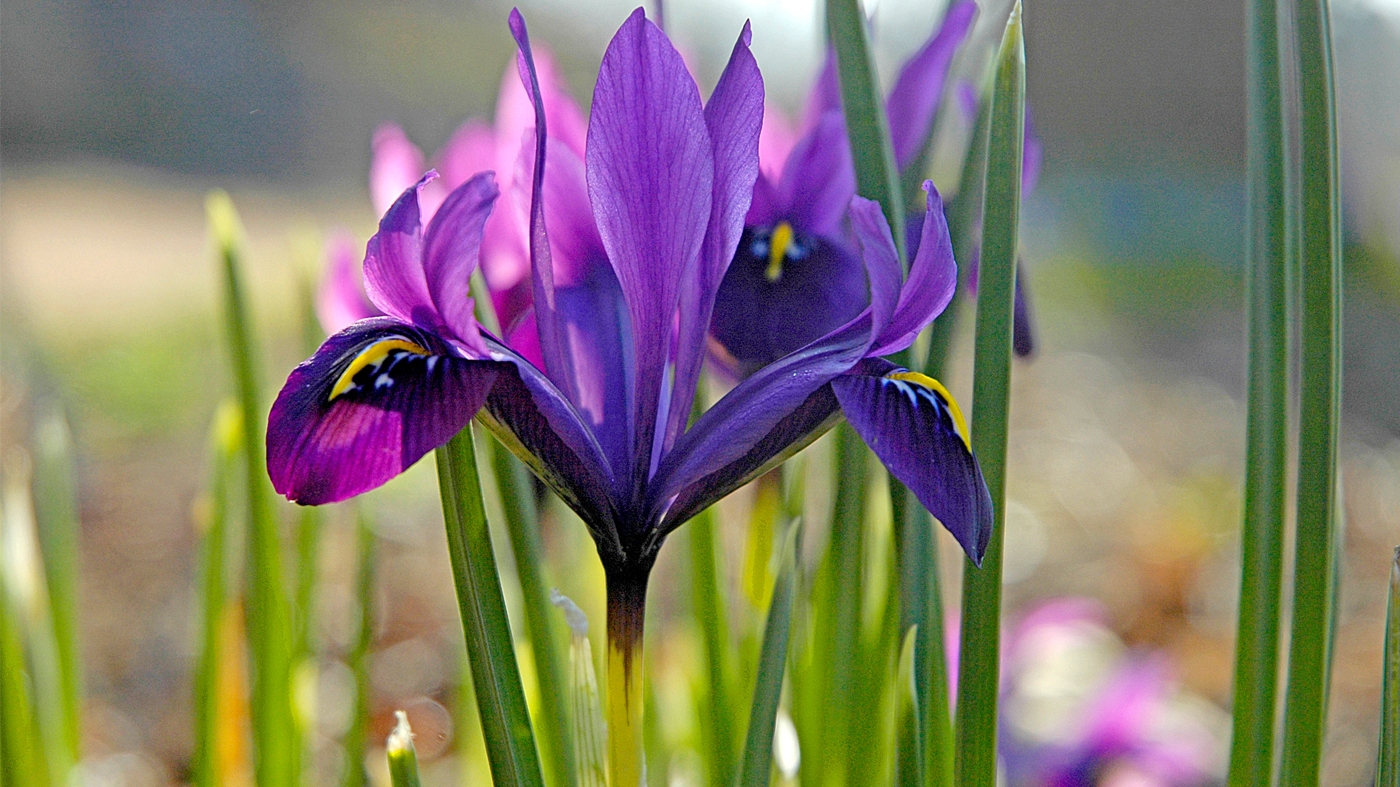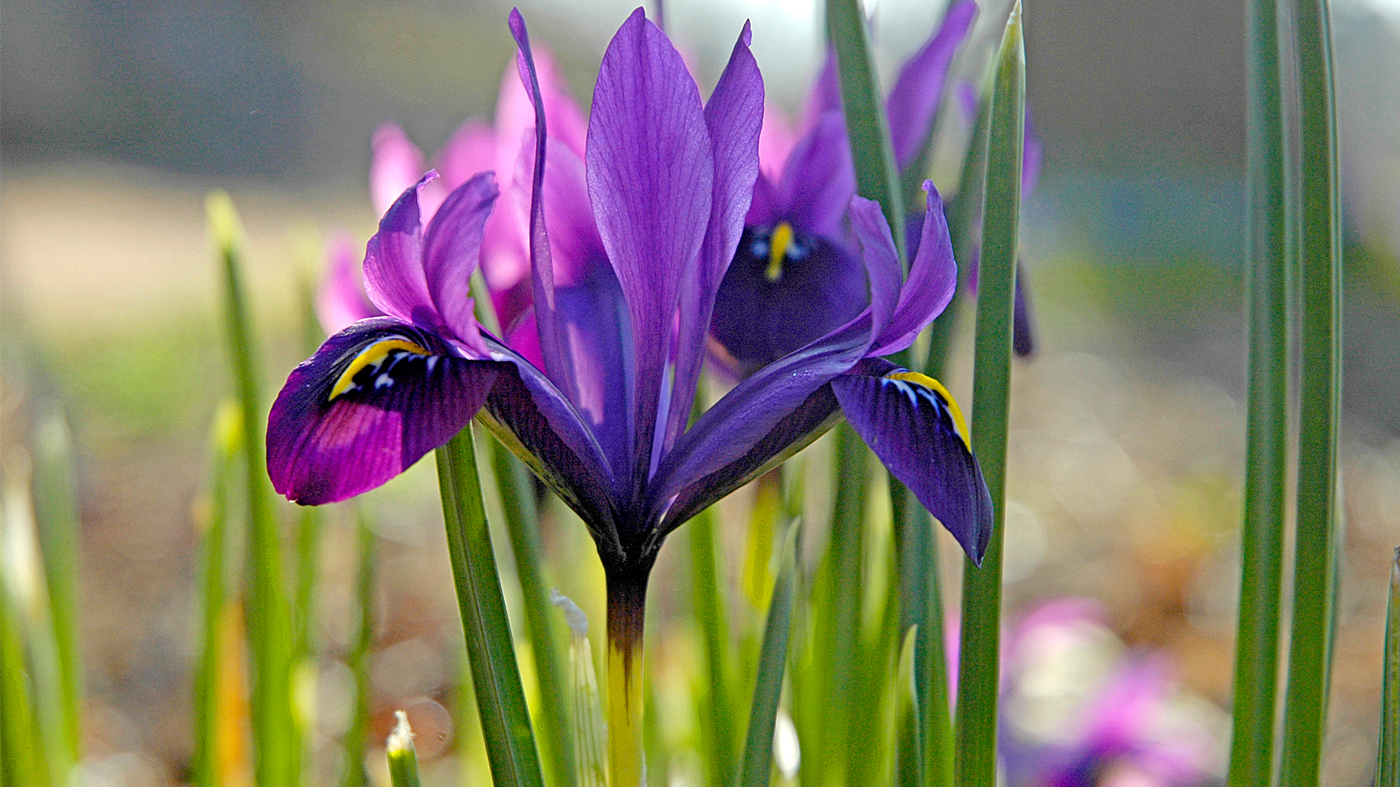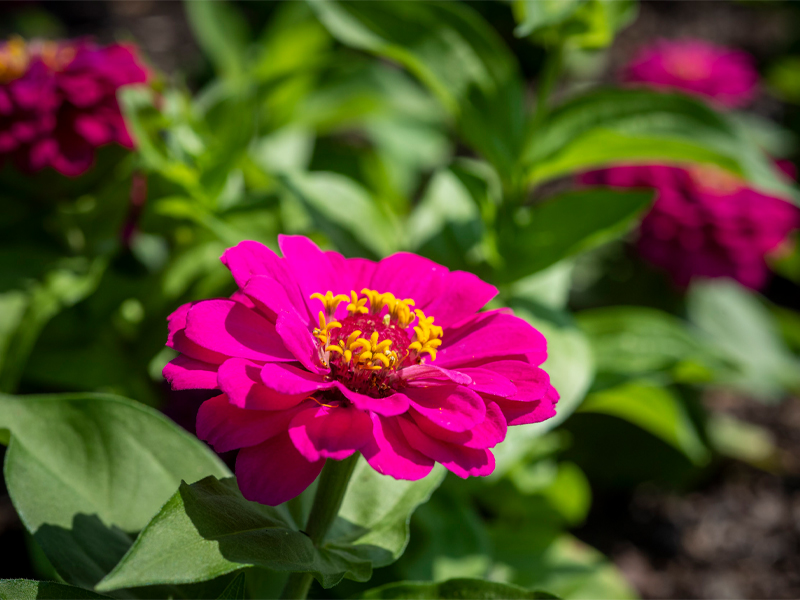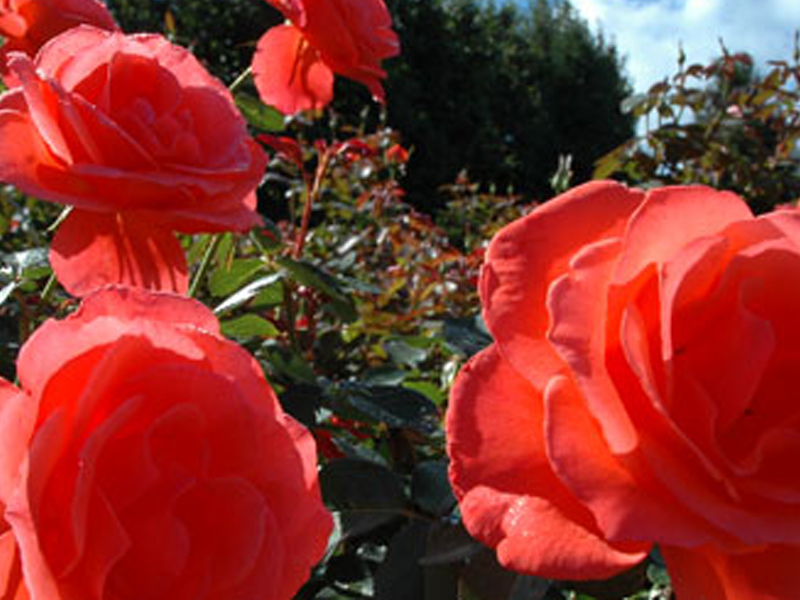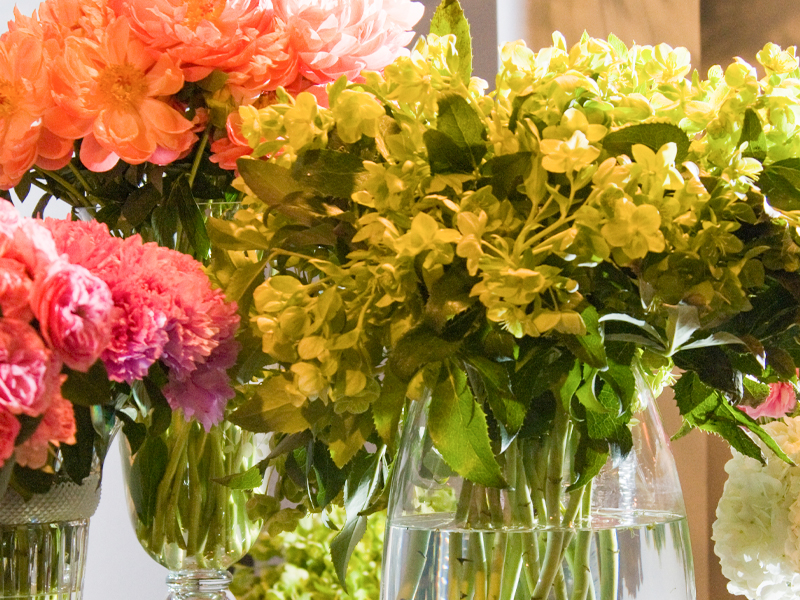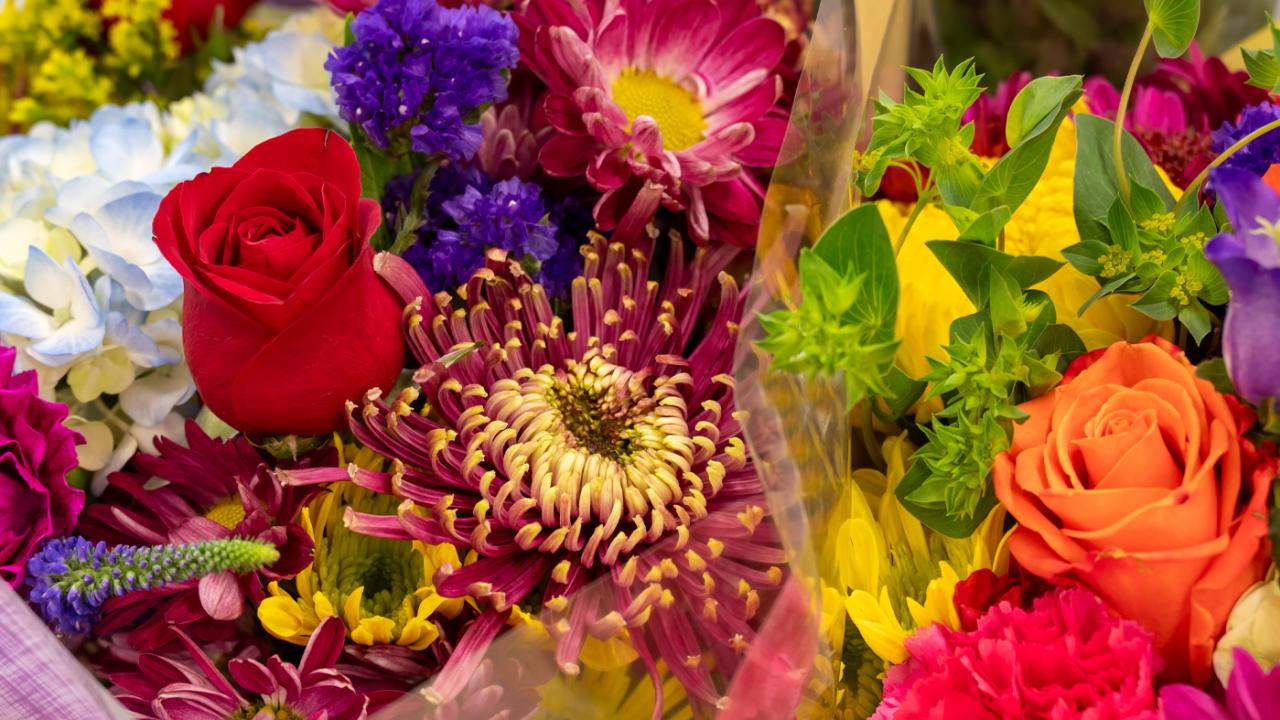

Grow Your Own Cut Flowers
Who doesn’t like receiving a bouquet?
These days, even grocery stores have displays with globally sourced flowers, seedpods, and ornamental stems. But why not grow your own cut-flower garden? You’ll save money and you only have to step outside to collect whatever you need for a vase or two.
Shop Your Garden
You don’t need a specific area for a cut-flower garden, either. I “shop” my garden in spring for hellebore flowers, daffodils, tulips, snowdrops and hyacinths, and pop them in small vases for the kitchen, dining room and elsewhere. Later, I clip large heads of allium and may include some iris flowers in the vase if they are open at the same time.
Peonies make for a fragrant display. (Worried about ants coming in on the flowers? Cut them and pop the stems upside down into the bucket of water while outside. Ants will float off the blossoms.) Roses, coneflowers, lavender, black-eyed Susans, fragrant butterfly bush blossoms, fennel leaves and flowers, and Annabelle hydrangeas are just some of the things that can be worked into interesting arrangements.
Don’t have a sunny spot? Forage for foliage in your shade garden. Colorful hosta leaves, along with coleus, ferns and hellebore foliage, make wonderful fillers in arrangements. You can supplement them with store-bought blossoms.
Prepping the Display
Once indoors, fill a sink with a few inches of water and place the stems in it. Use sharp, clean scissors, pruners, or a knife to cut each stem again at an angle while it’s under water. Cutting on an angle increases the surface area for water intake. And, cutting stems under water reduces the chance of air bubbles forming in the stems, which can cause wilting. Gently remove all lower leaves that would otherwise be submerged. (Otherwise, the water becomes smelly.)
It’s easy to prolong the life of a bouquet without using any commercial floral preservative. To keep cut flowers and foliage fresh, place the arrangement in room-temperature water away from sources of heat or air conditioning. If necessary, recut the stems under water in the sink to perk them up. Change the water every day for a long-lasting bouquet. And, when your family or friends ask where you got that beautiful floral arrangement, you can point to the windows.
Nina Koziol is a garden writer and horticulturist who lives and gardens in Palos Park, Illinois
